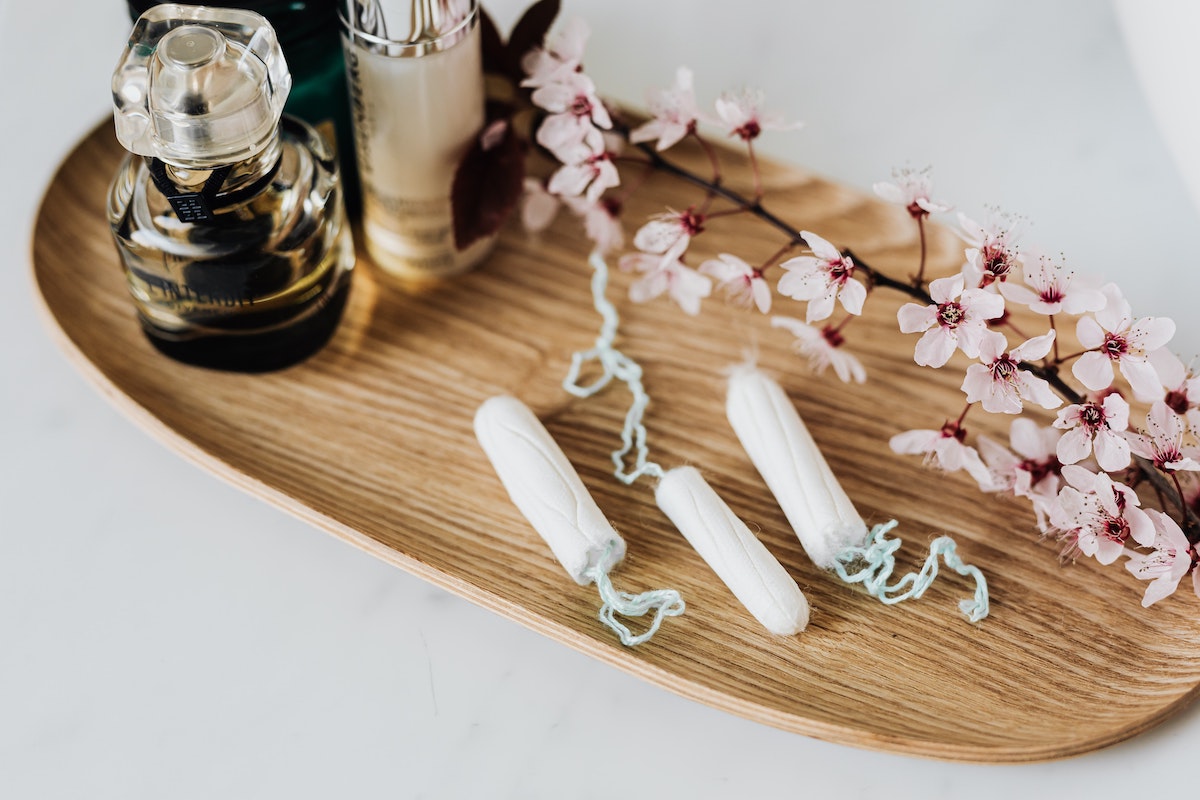How to Set Healthy Boundaries
Blame it on my HSP or my introverted personality, but I have no problem creating boundaries and saying no to others. It hasn’t always been easy, and the only reason I am better at it now is because I have spent years of my life always saying yes and never creating healthy boundaries for myself or my relationships.
When it comes to boundaries, many of us think they are harsh, rude or unkind. On the contrary, boundaries are anything but and in reality, are the ultimate guide to healthy relationships with both yourself and others. Without boundaries, relationships can create feelings of anger, bitterness, disappointment, frustration, guilt and resentment.
In fact, since few of us truly understand what healthy boundaries are and what they really look like in action, we don’t create them in the first place. Well, that changes now. Here’s how to set healthy boundaries in five different areas of life.

What are healthy boundaries?
An easy way to think of healthy boundaries is being able to sense what we need and what we want while simultaneously voicing those things. Greta Aronson, Licensed Professional Counselor (LPC) at State of Mind Kansas City, explains, “A healthy boundary is a limitation a person sets between themselves and external circumstances (other people, places, or things) to protect his/her own emotional, mental and physical energies.” Setting boundaries is important because “it allows us to have the space and energy to take care of ourselves without overextending too much to other people or things.”
Haneen Ahmad, Founder of Zane Counseling, expounds a bit more. “Boundaries are not about putting up walls and keeping people out, but rather, they help you develop a baseline for mutual respect. They allow you to gain a sense of control and balance over your life. Boundaries are about helping you protect your sense of peace and prioritize your overall well being. Setting healthy boundaries allows you to communicate what you will and won’t tolerate from others.”
How to set healthy emotional boundaries
Emotional boundaries are all about honoring and respecting energy and feelings. Knowing how much emotional energy you are capable of taking in, limiting emotional sharing with certain people and recognizing what to share and what not to share are all factors of setting emotional boundaries. On the flip side, respecting emotional boundaries also means respecting others ability to take in emotional information.
We’ve all been in situations where we really want to be there for someone, but we just can’t—times when we can barely manage our own life let alone help someone else. (Am I right or am I right?) Instead of feeling like we need to take on other people’s emotional energy, this is when it’s best to utilize emotional boundaries to protect your energy, so you can show up as your best self for others when the timing is better.
Emotional boundaries may look something like:
- “I am so sorry you are having such a tough time right now, but I am currently not in the emotional headspace to be there for you like I want to be. Do you mind if we come back to this conversation another time?”
- “When I share my feelings with you, I sometimes feel criticized, which causes me to totally shut down. I can only share something with you if you respond in a respectful way.”
- “Hey, I really need to talk to a trusted friend right now. Are you in a place to listen or should we connect later?”
How to set healthy intellectual boundaries
Intellectual boundaries refer to your curiosity, ideas and thoughts. Healthy intellectual boundaries include respect for the ideas of other people, even if they have differing opinions. Having respect and a willingness to create a dialogue and understand one another are key elements to creating healthy intellectual boundaries. Healthy intellectual boundaries may look or sound like:
- “I can respect that we have differing opinions on this subject and may never agree and that’s okay.”
- “I would love to discuss this topic more, but let’s find a more appropriate time or venue.”
- “Whenever we talk about this we always end up fighting, so let’s avoid the topic altogether for the sake of our friendship.”
Having healthy intellectual boundaries does not mean you need to accept all opinions and thoughts. It’s important to recognize the difference between healthy and unhealthy discourse and if someone is sharing an opinion that is inherently harmful, you have every right to draw a line in the sand by distancing yourself from that person or simply letting them know you do not tolerate that kind of talk.
How to set healthy material boundaries
Material boundaries refer to items like your car, clothes, furniture, home, money—you get the idea. It is healthy to understand what materials you can and cannot share and how you expect your materials to be treated by the people you share them with. Some instances of healthy material boundaries include:
- “I do not have the financial funds to contribute to that cause right now, but I would really like to help out in another way.”
- “You can totally borrow that necklace! I will just need it back by Friday.”
- “I am not comfortable letting someone borrow my car for a long weekend away, but I would be happy to drive you to the train station if you need a ride.”
How to set healthy physical boundaries
Physical boundaries include your comfort with touch, your need for personal space and your overall physical needs like food, rest and water. Healthy physical boundaries may sound like:
- “I am super hungry, so I am going to grab a quick snack before our big conference call.”
- “That recipe sounds delicious, but I am actually allergic to one of the ingredients. Mind if we make something else?”
- “I am not really a big hugger. I am more of a handshake kind of a person. Better yet, how about a high five?”
It’s okay to let people know you need more personal space or have a need that should be respected. Think of things like hunger or thirst. Let’s be real, most times we want others to honor those physical boundaries because none of us want to deal with a hangry person anyways.
How to set healthy time boundaries
Your time is very valuable and it’s important to protect how it’s utilized. Setting time boundaries is important at home, at work and socially. Setting time boundaries means understanding your priorities and setting aside enough time for all areas of your life that are important to you without overcommitting yourself. When you understand your priorities, it’s much easier to limit the amount of time you give to others. Examples of healthy time boundaries include:
- “I cannot attend the event this weekend. I already have plans and do not want to overcommit myself.”
- “I can meet you for a happy hour, but can only stay for one hour.”
- “That sounds like a fun time and I appreciate the invitation, but Sundays are our designated family days. Let me know if there’s another time we can attend that won’t interfere with our schedules.”
The best tip for setting healthy boundaries
Setting healthy boundaries may sound simple, but in reality, we know it’s not always easy. Aronson offers her favorite tip for setting healthy boundaries with others including coworkers, family, friends and significant others:
“Focus on your needs, not the possible outcome or reaction of the other person. It’s very common for those with weak boundaries to always be worried about what the outcome of the situation is going to be, but if we only ever focused on the outcome of a situation depending on someone else’s reaction, we would be stuck in a forever-cycle of mind-reading and scenario-building.”
She continues, “[Instead] first focus on what you need to do for yourself and your own boundaries, then navigate the other person’s response once you get one. There have likely been times where you politely accepted a boundary given to you, so it may be more likely that your friend will do the same.”
The more we know ourselves as well as our needs and wants, we can begin to create healthy boundaries in all aspects of our lives. By setting healthy boundaries, we can help others show up for us while also showing up better for others. Boundaries are a win-win for everyone!












